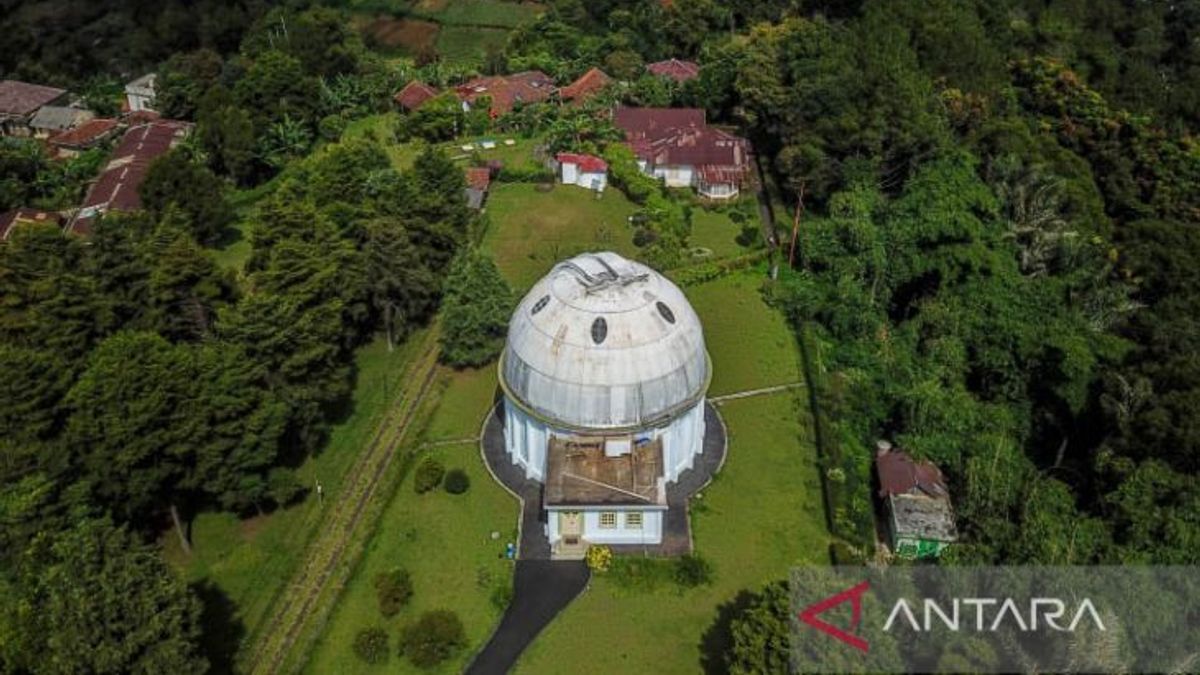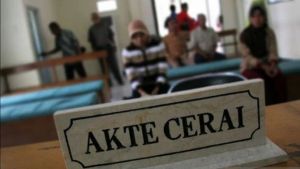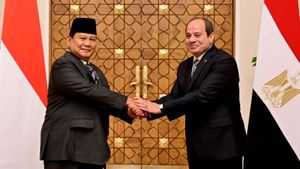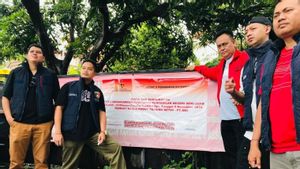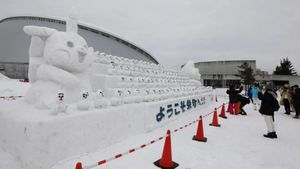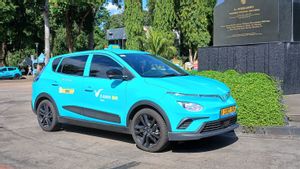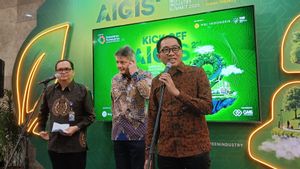JAKARTA - Earthquake disasters often approach the Land of the Archipelago. In fact, since before the Dutch colonial era. The loss borne by the earthquake piled up. The biggest loss was the loss of human life.
However, the earthquake became a valuable lesson for all architects in the Dutch East Indies. Charles Prosper Wolff Schoemaker, one of them. The Soekarno master began to adapt to the environment in the Dutch East Indies. He also spawned many earthquake-resistant buildings.
The condition of the Dutch East Indies (now: Indonesia) which is prone to earthquakes has been going on for a long time. The position of the archipelago through which the volcanic route is active in the world is the estuary. This condition was said by Lieutenant Governor of the Dutch East Indies, Thomas Stamford Raffles (1811-1816) and naturalist Alfred Russel Wallace.
Both of them thought that an earthquake was a common occurrence in the archipelago. This is because the presence of earthquakes is too frequent. Moreover, no one can predict when an earthquake will occur. The people of the archipelago are also considered to have understood about the earthquake. At the time, the earthquake occurred they were competing to escape to save themselves from the building.
Sometimes activities are like entertainment. Panic first, then after that invites laughter. However, it's not always like that. There are times when earthquakes bring tears and grief. Mainly a large earthquake.
Many buildings collapsed. What's more. This condition often brings deep trauma. All the architects in the Dutch East Indies tried to break it down. They try to adapt to the situation.
They know the Nusantara environment is familiar with earthquakes. As a solution, buildings designed to start to be built with new standards: earthquake resistant. They strive for all buildings built to minimize the impact of the violent shocks of earthquakes.
During the end of colonialism, buildings and houses lived in denser urban areas, architects who lived and worked in the Dutch East Indies were designed. The largest part of colonial architectural production was worked on and designed by architects who gained architectural education in Dutch negermen, or elsewhere in Europe, but practiced in the East Indies. These architects had to solve a wide range of specific issues related to local and climatic conditions.
"Sometimes they have to rethink their professional skills, and throw away their Western world knowledge that is considered redundant in the East Indies. In the Indies they have to take into account the possibility of an earthquake or make a wider theoretic roof to deal with rainwater and hot-water conditions is not something common at that time. Likewise, a double facility, which was combined with the ventilation needed," said Cor Passchier in the book Tentang: Hundreds of Architectural Perspective Years in Indonesia (2012).
Charles Prosper Wolff Schoemaker is one of the prominent figures in the world of architecture in the Dutch East Indies. His career was brilliant. He became one of the architects who was able to design buildings to integrate adaptations from the Dutch East Indies environment which was prone to earthquakes.
His works often provoke admiration. From the Societeit Concordia Prison (now: Merdeka Building), Sukamiskin Prison, Preanger Hotel, to Villa Isola. All his works always have a common thread that boils down to one thing: earthquake resistant.
For him, the architects of the Dutch East Indies should not forget the aspects of earthquakes that often threaten existing buildings. He also did not want an earthquake to undermine each design. He also initiated a building design with great care.
Therefore, Schoemaker's ability to design earthquake-resistant buildings is unquestionable. This is because he is a professor from Technische Hoogeschool te Bandoeng (now: Bandung Institute of Engineering). He also taught prospective architects in various courses. The history of architecture and decorations, building specifications, to the budget and discourse of the city.
Soekarno, who became known as the first President of Indonesia, was his favorite student. In fact, Soekarno often referred to him as a master. All of them for Schoemaker's achievements in the architecture world of the Dutch East Indies. Moreover, Schoemaker often taught Soekarno many things.
Meanwhile, Schoemaker in designing the Villa Isola building, a three-story building, tried to combine the concept of modern architecture with traditional concepts. This concept is considered an effort to adapt to environments that often experience earthquakes, tropical climates, and adequate air circulation needs. As generally, architects who obtain formal education, in the design process, structural analysis and building work images have been included.
The growth of a modern mind through the educational process has an important meaning in the growth of more rational consciousness. In line with that, in the scope of development, the artificial-based design has progressed since the opening of the Image Teacher Education Center at Technische Hoogeschool (THS) in 1947. Although at the beginning of its growth, this hall was more oriented towards giving birth to image teachers, in the next stage this hall led to efforts to produce professional artists and designers, "said Agus Sachari in Indonesia's visual culture book (2007).
The English, Chinese, Japanese, Arabic, and French versions are automatically generated by the AI. So there may still be inaccuracies in translating, please always see Indonesian as our main language. (system supported by DigitalSiber.id)
